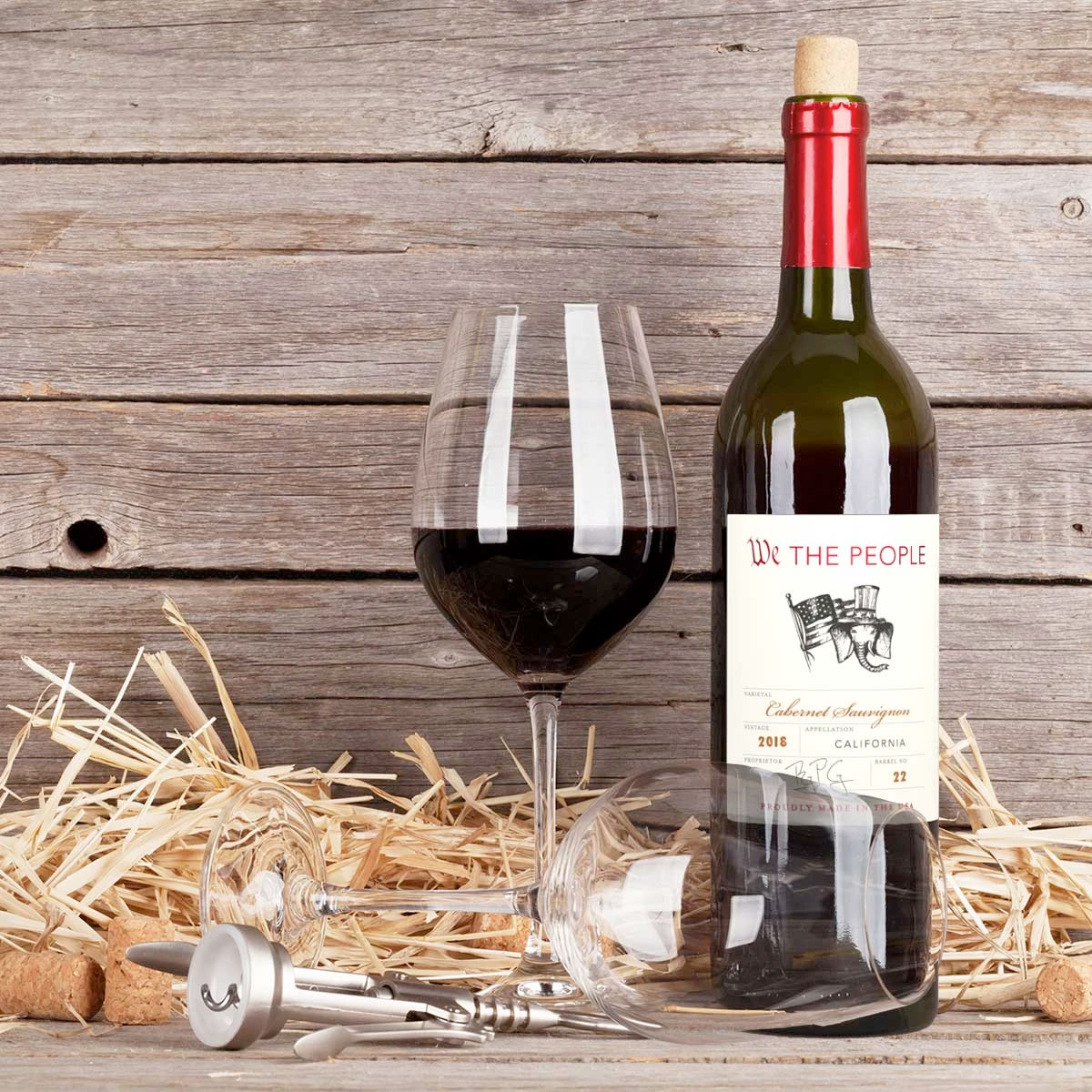

The final way to make grapes even sweeter is to let them freeze on the vine and harvest them while still frozen. This fungus shrivels the grapes, reducing the water content and intensifying the sugar concentration.Īs a side effect, Noble Rot also introduces flavours of ginger and honey, making it common in the production of dessert wines. New Zealand winemakers can allow the fungus Botrytis Cinerea, also known as Noble Rot to grow on the grape bunches. They both rely on mold to give them their unique flavours. There’s a reason wine and cheese are meant to go together. Late harvesting is commonly used to give Riesling wine its sweetness. Late harvesting is where the grapes are left to over-ripen and shrivel slightly on the vine, which concentrates the sugar level. In all these methods, there is always enough acid to balance the sugar so that the wine tastes luscious but not cloying. New Zealand wine producers use three techniques to enhance the sweetness of their grapes, and they all happen naturally in the vineyard. Rosé wine can be made using almost any red wine grapes, but the way Rosé is produced preserves more of the sweetness and freshness of the wine.ĭessert wines are made from grapes that have so much sugar, that as well as fermenting and producing enough alcohol to make the wine stable, there is still residual sugar left over to give the wine its luscious sweetness. The lighter, pink colour of Rosé is usually because the grape juice has had less contact with the rich, red grape skins. Here are some of our favourite types of sweet red wine. If white wine isn’t to your liking, you can still have that lovely sweet dessert wine flavour with a red wine. Again Don’t confuse this with Secco, which is Italian for ‘Dry.
#Dessert wines plus#
That wood contact lends Pinot Gris a more waxy mouthfeel, plus flavours of bread and honeysuckle. While Pinot Gris shares some of Riesling’s sweetness, it has much less acidity and is more likely to be barrel aged.

Read our Riesling wine guide → Sweet Pinot Gris Today’s delicate flavours and tempered sweetness make Riesling the perfect summer wine. Within Riesling you can find a variety of aromas, from crisp apple and rose blossom, to bolder, citrus and stone fruit flavours like peach or lemon and lime. This beautiful example has lovely mango, melon and ripe citrus notes, and is ideal for those who enjoy something a little sweeter. Moscato is one of very few wines that actually tastes like grape juice. Looking for an award-winning Moscato? Banrock Station Moscato 2019


 0 kommentar(er)
0 kommentar(er)
